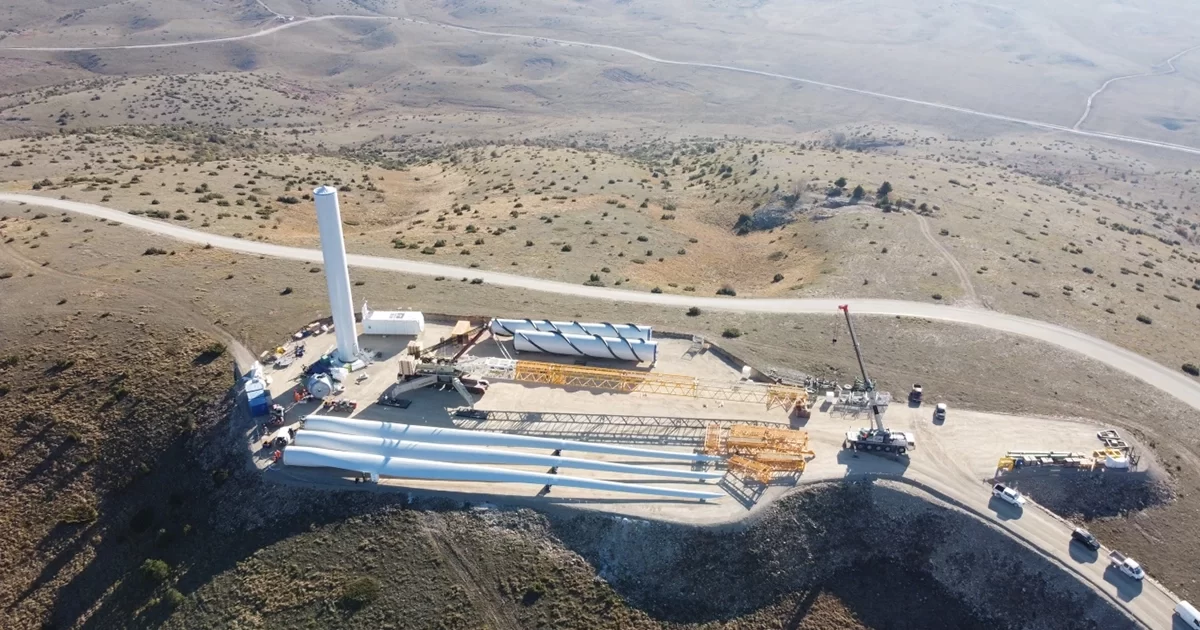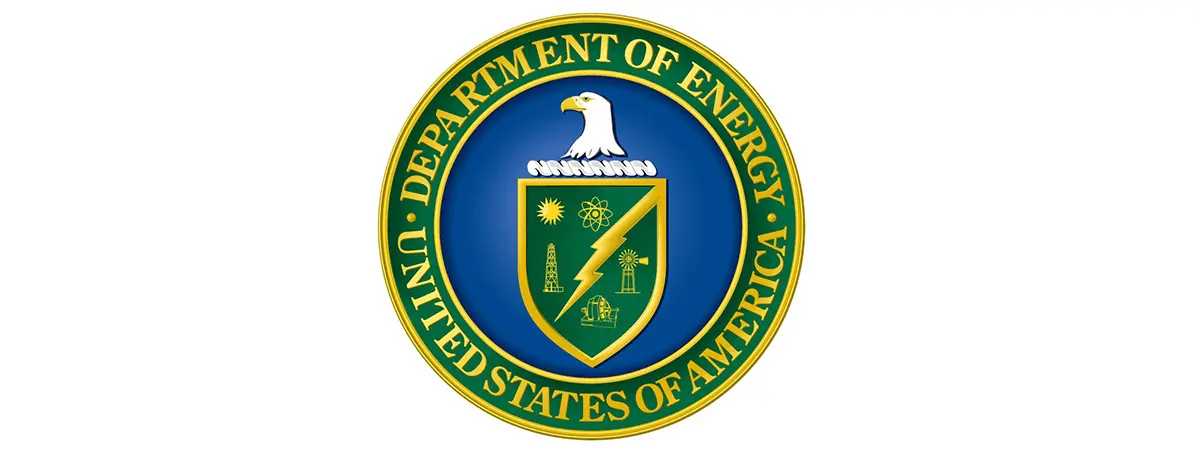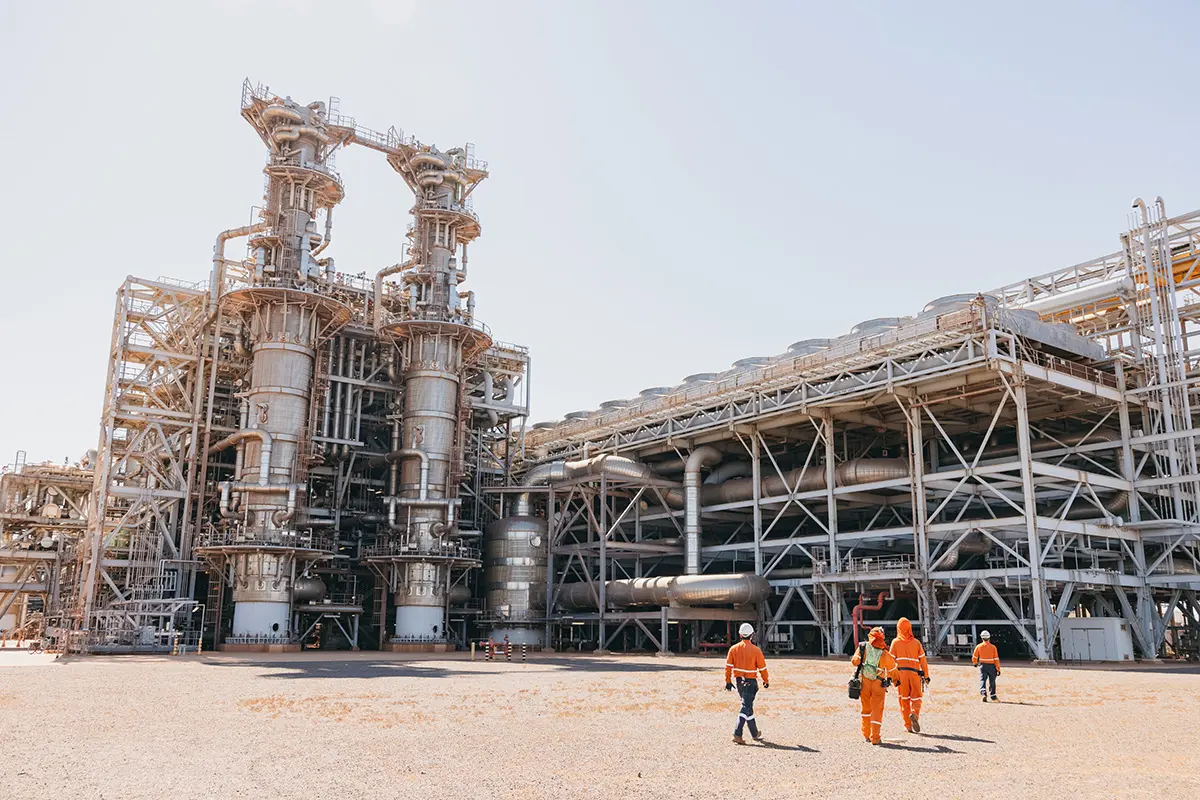
Phillips 66 To Close Acquisition Of DCP Midstream In Q2 2023

In January, Phillips 66 announced it would acquire all publicly held common units representing limited partner interests in DCP Midstream for a cash consideration of US$41.75 per common unit, increasing its economic interest in DCP Midstream to 86.8% from its previous 28% interest. The deal will be funded with cash and debt. DCP Midstream was a joint venture between Canadian pipeline giant, Enbridge, and Phillips 66. Once the acquisition is complete, Enbridge’s stake in DCP Midstream will be reduced to 13.2%.
Philips 66 expects the transaction will generate US$1 billion of adjusted earnings before interest, taxes, depreciation, and amortization (EBITDA). In addition, Phillips 66 plans to capture operational and commercial synergies of at least US$300 million by integrating DCP Midstream into its existing midstream business. The US$300 million in savings is mostly related to 1100 job cuts as Phillips 66 streamlines the business. “We are delivering on our commitment to grow our natural gas liquids [NGL] business,” said Mark Lashier, president and CEO of Phillips 66. “Our wellhead-to-market platform captures the full NGL value chain. As we continue integrating DCP Midstream, we are unlocking significant synergies and growth opportunities.”
During its Q4 2022 earnings call in early February 2023, Phillips 66 said it expects to close the acquisition of DCP Midstream sometime in Q2 2023. Commenting on the US$300 million in operational and commercial synergies, Phillips 66 Executive Vice President of Midstream Tim Roberts said “we think it’s probably about third with regard to costs. You got two-thirds on the commercial side. We’re anticipating this is going to take us around two years to fully capture this…when you look at the integrated value chain and you put these two entities together, we, in effect, now have gas processing in the key regions. We now have fractionation capacity at Conway, Mont Belvieu, also at Sweeny, and long-haul pipelines coming in out of the Denver-Julesburg [DJ] and coming out of the Permian. When you look at those, there are tremendous opportunities to make sure the barrel gets to the right place. And in our world, the right place means where it creates the most value.”
Despite the high price tag for DCP Midstream, Phillips 66 expects it will still be able to sustain its dividend, stock repurchases, and maintain a strong balance sheet. “Net-net, we’ve enhanced the balance sheet by US$4 billion from where we were going into the pandemic,” said Kevin Mitchell, executive vice president and CFO of Phillips 66. “That gives us a lot of flexibility. But we’ve also got the DCP roll-up to take care of, which we expect to be sometime in Q2. So that’s a US$3.8 billion transaction. And while we won’t use all cash for that, we want to make sure that we retain plenty of flexibility as we go in and close on that rollout. We’ll want to pay off some incremental debt, especially as we think about the impact of the DCP roll-up, but we should also be positioned to look at the cash returns to shareholders, both in the context of the dividend. We would expect to increase the dividend. This year, we remain committed to a secure, competitive growing dividend. And we’ll look at the buyback pace. We’re clearly at a very healthy level today, but there’s potential flexibility on that. And so, it’s something that we’ll prioritize and keep very focused on. In the near term, we’re comfortable with where we are given that we’ve got the DCP transaction out there ahead of us.”
Midstream Asset Portfolio
Since ConocoPhillips spun off Phillips 66 in 2012, ConocoPhillips is often viewed as the upstream entity while Phillips 66 is downstream marketing and refining. However, Phillips 66 also operates a massive midstream portfolio that includes more than 22,000 miles (35,406 km) of operated or owned US pipelines, natural gas and NGL storage facilities, and NGL pipelines.
In 2022, DCP Midstream had total natural gas wellhead volume of more than 4.4 Bscf/d (124 × 106 m3) and produced 707,000 barrels per day (bpd) of NGLs. It also has 36 active plants and 51,000 miles (82,077 km) of pipeline across the Eagle Ford, DJ Basin, Permian Basin, and SCOOP/STACK areas of the midcontinent. Its logistics segment complements its gathering and processing assets with approximately 4500 miles (7242 km) of NGL pipelines, and approximately 1800 miles (2897 km) of natural gas pipelines. DCP Midstream’s NGL logistics business consists of multiple downstream assets including fractionators, NGL pipelines, and NGL storage facilities operating mainly on fee-based margins. The company also has sizeable marketing assets, including its Marysville NGL storage facility, which consists of underground salt caverns with 8 million barrels of capacity, its Spindletop storage facility which houses 12 Bscf (339.8 × 106 m3) of natural gas storage in Southeast Texas, and its equity ownership in 126,000 bpd of DJ Basin and Mont Belvieu fractionators.
Even after the sale of a large portion of its DCP Midstream equity, Enbridge will still have a much larger midstream portfolio than Phillips 66.
A Perfect Fit
When comparing the portfolios and asset maps of Phillips 66 and DCP Midstream, it’s clear to see that there’s a lot of overlap between the two companies. The COVID-19 pandemic took a sledgehammer to Phillips 66’s business as demand for refined products plummeted. Since then, Phillips 66 has increased its spending and has committed to expensive long-term investments, such as the US$850-million conversion of its San Francisco Refinery into a biofuels plant. During its Q4 2022 earnings call, Phillips 66 confirmed that the project is on schedule to begin commercial operations in Q1 2024. Upon completion, the company said the refinery will have more than 50,000 bpd of renewable fuels production capacity.
In addition to diversifying its revenue streams, the company’s decision to boost its midstream assets instead of continuing to invest in its legacy downstream portfolio will also help lower the carbon footprint of the overall company. Phillips 66 has committed to reducing its Scope 1 and Scope 2 operations emissions by 30% by 2030 off a 2019 base, as well as its Scope 3 emissions by 15% by 2030 off a 2019 base. Investing in cleaner downstream assets and the midstream portion of the integrated oil and gas value chain unlocks value for Philips 66 and pushes it closer to achieving its environmental targets.









